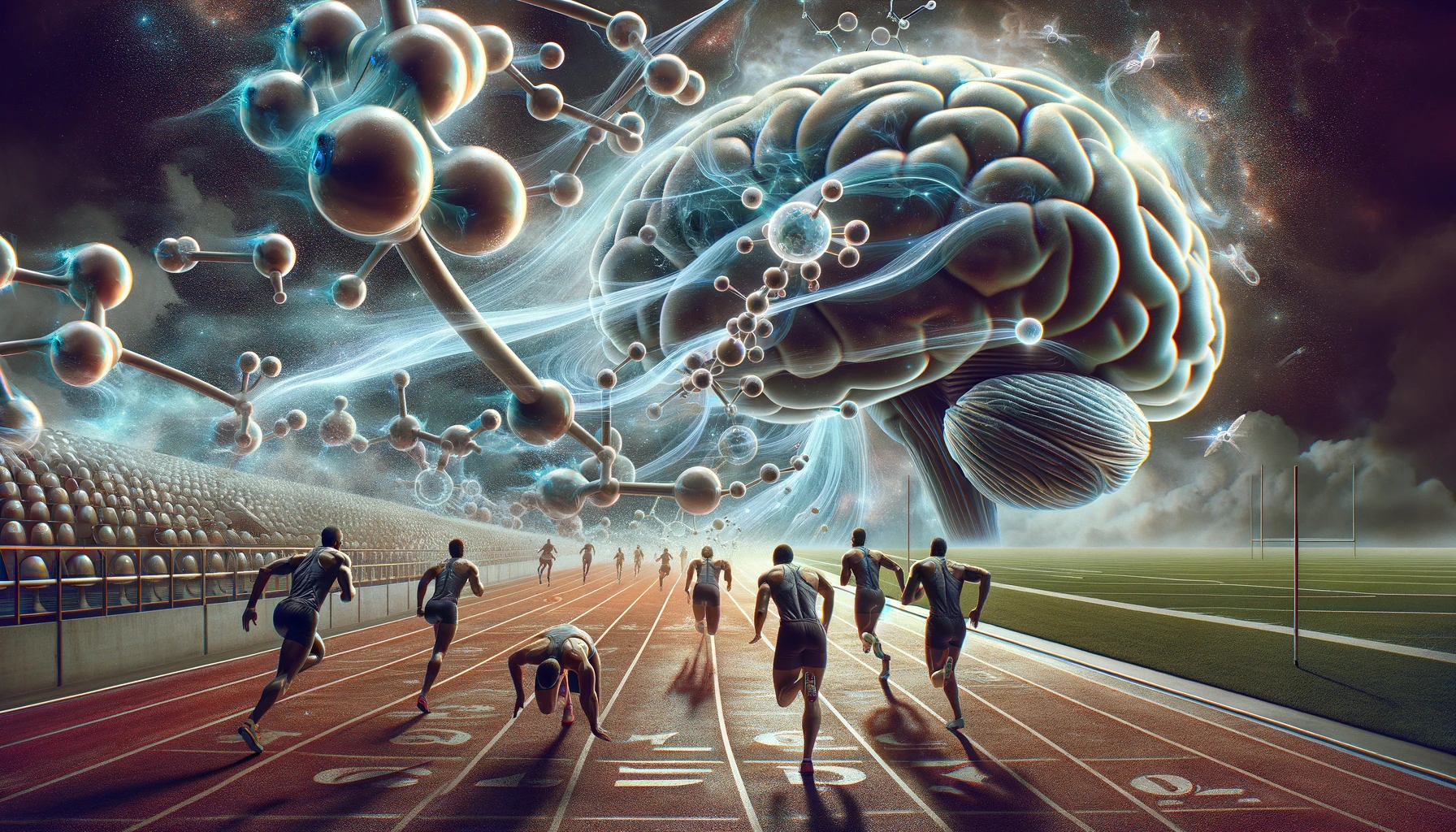From bustling Neapolitan espresso bars to the slow grace of a Japanese tea ceremony, caffeine-rich drinks are social glue and creative fuel. Yet the same molecule that breathes life into dawn workouts can rattle heart rhythm, steal sleep, and spark painful withdrawal symptoms. This article explores how to win at caffeine intake while sidestepping the jitters.
What caffeine does once it’s inside you
Swallowed caffeine is in your bloodstream within minutes. It slips across the blood–brain barrier, blocking adenosine so nerves never receive the “time to power down” signal. Dopamine, norepinephrine, and serotonin surge, the central nervous system lights up, metabolic rate rises, and most people feel brighter for three to six hours. Slow metabolisers—many pregnant people, for instance—may feel the effects twice as long.
How much is too much?
| Group | Evidence-based daily ceiling | Key caveats |
|---|---|---|
| Healthy adults | ≈ 400 mg (about four small filter coffees) | Factor in hidden caffeine content from soft drinks, dark chocolate, and pain-relief tablets. |
| Pregnancy | ≤ 200 mg; intakes above this have been linked to miscarriage or low birth weight. | Hormonal shifts slow caffeine metabolism, so morning-only use is prudent. |
| Children & teens | ≈ 2.5 mg per kg body weight (≈ 100 mg for a 40 kg teen) | Energy drinks supply adult-sized doses—keep them off the menu. |
Where the milligrams hide
Coffee and espresso still reign: 95 mg in 240 mL of drip, 63 mg in a 30 mL shot. Brewed tea leaves give 25–70 mg, matcha more. Cans of cola average 35–45 mg, but “power” soft drinks or 16-oz energy drinks can top 300 mg. Even “decaf” carries 2–7 mg per cup, and five mugs can equal a soda.
The health ledger
- Cardiovascular: Peaks of >400 mg may provoke palpitations, especially when coupled with dehydration or nicotine. Moderate long-term coffee use is not linked to hypertension. eatingwell.com
- Pregnancy & fertility: Above 200 mg/day correlates with lower birth weight and possible fertility delays. acog.orgacog.org
- Bones: Large meta-analyses find no clear loss of bone-mineral density when calcium intake is adequate, but extremely high consumption could tip the balance. pubmed.ncbi.nlm.nih.govfrontiersin.org
- Mood & brain health: Cohort studies show modest protection against depression and cognitive decline at intakes of 200–400 mg. pmc.ncbi.nlm.nih.gov
Dependence, crash, repeat
Regular users up-regulate adenosine receptors, making bigger and bigger doses feel “normal.” Skip your habitual cup and withdrawal symptoms—headache, fatigue, irritability—can begin within 12 hours. Tapering by 25 % every three days slashes the risk of rebound migraine.
Mixing stimulants: why “stacking” can backfire
In the early 2000s, athletes paired caffeine with ephedrine to shred weight and boost drive. Research and case reports now show the duo amplifies blood-pressure spikes and can trigger arrhythmia, stroke, or seizure, so ephedrine-caffeine supplements have been banned in most markets. nejm.orgcdc.gov Energy-drink cocktails raise similar red flags: a 2023 systematic review recorded significant short-term jumps in systolic and diastolic BP plus QTc prolongation. pubmed.ncbi.nlm.nih.govverywellhealth.com
Real-world benefits—when the dose is right
- Sharper focus, faster reaction—night-shift RCTs show measurable gains at 100–200 mg.
- Endurance boost—meta-analysis: ~3 % longer time to exhaustion in runners. pubmed.ncbi.nlm.nih.gov
- Mood lift—200–400 mg associated with 10–15 % lower depression risk in large cohorts.
- Possible neuroprotection—slower cognitive decline in coffee- and tea-drinkers over 65. pmc.ncbi.nlm.nih.gov
Note that higher doses add no extra performance edge yet raise anxiety and tremor risk.
Culture shapes consumption rhythms
In Italy the stand-up espresso ritual dishes out frequent but tiny hits that rarely break the 400 mg ceiling. Ethiopia’s coffee ceremony, stretching over hours, naturally spaces sips. In Japan, powdered-green-tea matcha emphasizes mindfulness; you whisk, inhale, then savour—less gulping, fewer milligrams. By contrast, “venti” drive-through culture in the United States can quietly push totals beyond 600 mg before lunch.
Reading labels, taming the tally
Manufacturers must list caffeine content if they add it outright. Watch for guarana, yerba maté, or kola nut—their milligrams count too. Use a tracker app or smart-watch note to log dosage and tag sleep or HRV scores. Most people sleep better when they cut caffeine six hours before bedtime.
Putting knowledge into action
Is 600 mg a day too much? Yes—50 % above the adult guideline and linked to insomnia and palpitations.
Is 200 mg at once a lot? Roughly two strong coffees; acceptable for healthy adults, near the daily max in pregnancy.
What are the effects of caffeine? Alertness, elevated heart rate, mild diuresis, possible anxiety, disrupted sleep.
Is 1 000 mg dangerous? Single-day intakes ≥1 g have triggered severe tachycardia, nausea, and, rarely, toxicity requiring emergency care.
Conversational AI prompts to personalise your plan
- “Track my caffeine today and warn me at 250 mg after 2 p.m.”
- “Compare last month’s sleep score with caffeine intake and plot the trend.”
- “Suggest local low-caffeine coffee beans or soft drinks.”
- “Design a four-week taper from 500 mg to 200 mg to cut headaches.”
Take-home message
An upper limit of 400 mg keeps most adult nervous systems humming without harm. Pregnant individuals should halve that. Respect hidden sources—from tea leaves to soft drinks—and remember that stacking caffeine with other stimulants multiplies cardiovascular strain. Approach caffeine like any potent tool: understand the science, honour your biology, and you’ll keep the buzz while dodging the jitters.
